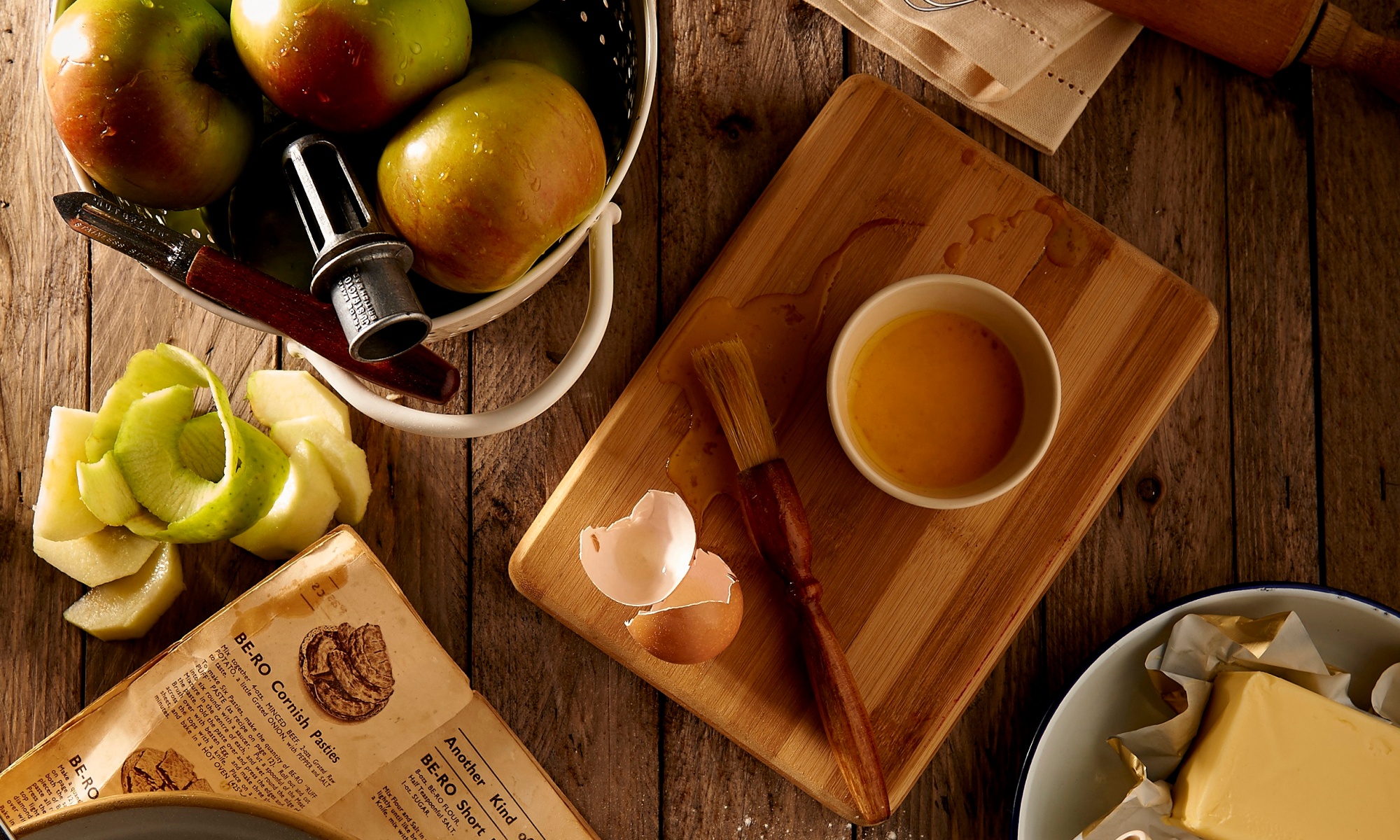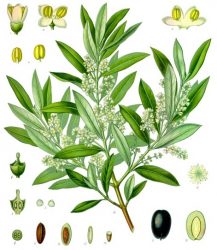I LOVE Asian food! Noodles, rice dishes, Szechuan beans, tofu stir-fries, salad rolls with crushed peanuts and basil, papaya salad — it’s a dreamy scene for a vegan lady. So, now that your mouth is watering, are you wondering how you can make this happen at home without ordering take-out? Sesame oil is an easy way to infuse your dishes with an Asian flavor.
Certain foods just add a sophisticated flavor to a simple meal; sesame oil is one of these ingredients. Tahini, or sesame seed paste, is probably one of this humble seed’s best contributions to our diet. I recently did a four-store run to find tahini in Pocatello, which I then turned into some incredible (if I do say so) smoked paprika hummus. However you eat them, sesame seeds are delicious and also –surprise! — pretty darn good for you.
I’m not going to go all coconut oil on you, but studies show that sesame oil can help ease many medical conditions, including gingivitis (horrible gums), high blood pressure, arthritis, and diabetes. Also, sesame oil has a higher “smoke point” than olive oil, which apparently can release toxins and “free radicals” when overheated. (This is not, as you may think, related to anything political, they are just bad for your bod.). Finally, unlike soybeans, which have to go through all kinds of crazy processes to actually produce oil, oil is easily procured from the sesame seed and has been used for thousands of years.
If you’re ready to start using this aromatic oil, here are a couple of simple, yummy recipes featuring sesame oil. The first recipe is courtesy of Whole Foods, and I just made the stir-fry last night! I’m not sure I’ll ever make tofu stir fry without bok choy again, they just seem to belong together.
Lemon-Sesame Asparagus
- 2 pounds asparagus, ends trimmed, each stalk cut diagonally into thirds
- 1 1/2 tablespoon toasted sesame oil
- 1 1/2 tablespoon fresh squeezed lemon juice
- 2 tablespoons sesame seeds, toasted
1. Cook asparagus in large pot of boiling salted water until crisp-tender, about 3 minutes. Drain. Rinse asparagus under cold water, draining again.
2. Heat toasted sesame oil in a large skillet over medium-high heat. Add asparagus and sauté until heated through, about 2 minutes. Add lemon juice and toss until well coated, about 1 minute. Transfer to a serving platter and sprinkle with sesame seeds.
Sesame Bok Choy Stir-fry
- 1 lb firm or extra firm organic tofu (not silken)
- 1-2 tablespoons sesame oil
- 3 to 4 scallions, thinly sliced
- 1 good-sized bunch bok choy (stalks and leaves), rinsed and chopped
- 2 cloves garlic, minced
- 2 tablespoons soy sauce, or to taste
- 1/4 cup coarsely chopped peanuts or 2 T. toasted sesame seeds (optional)
- fresh basil (optional, I suppose)
- Udon or Somen noodles, 1 package
1. Boil noodles, drain and rinse in cool water, set aside.
2. Heat sesame oil in pan, add tofu chunks, saute for 3-4 minutes on each side until browned. Add garlic and soy sauce, cook for another 2-3 minutes, then add bok choy. Stir for another 2-3 minutes.
3. Add noodles, green onions, chopped basil, and sesame seeds/peanuts. You’re done! We like to eat this with some pickled ginger on the side. You can certainly serve it over rice, too, if you don’t have noodles on hand. Pick up some chopsticks and proceed to shovel delicately into your face. 🙂










